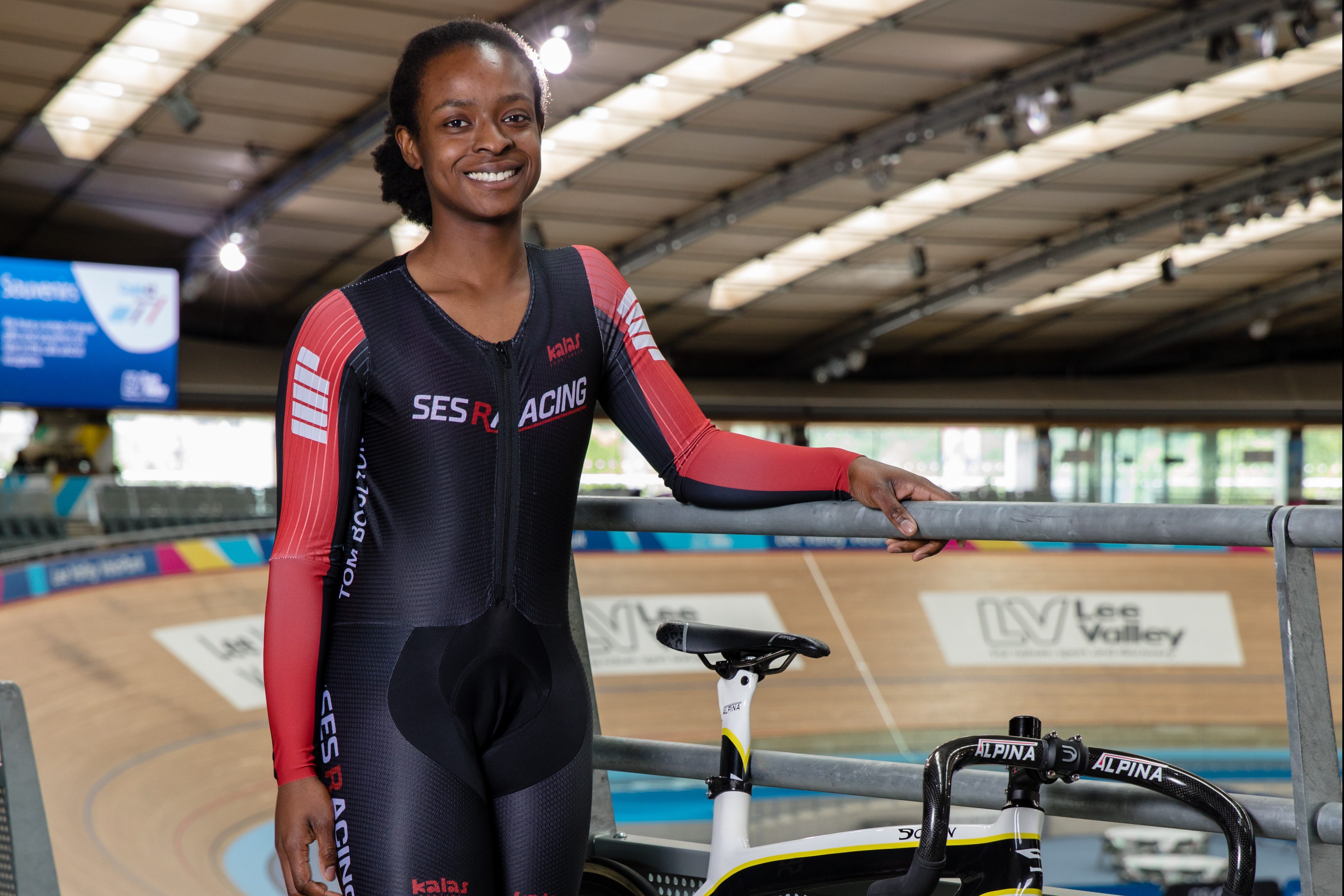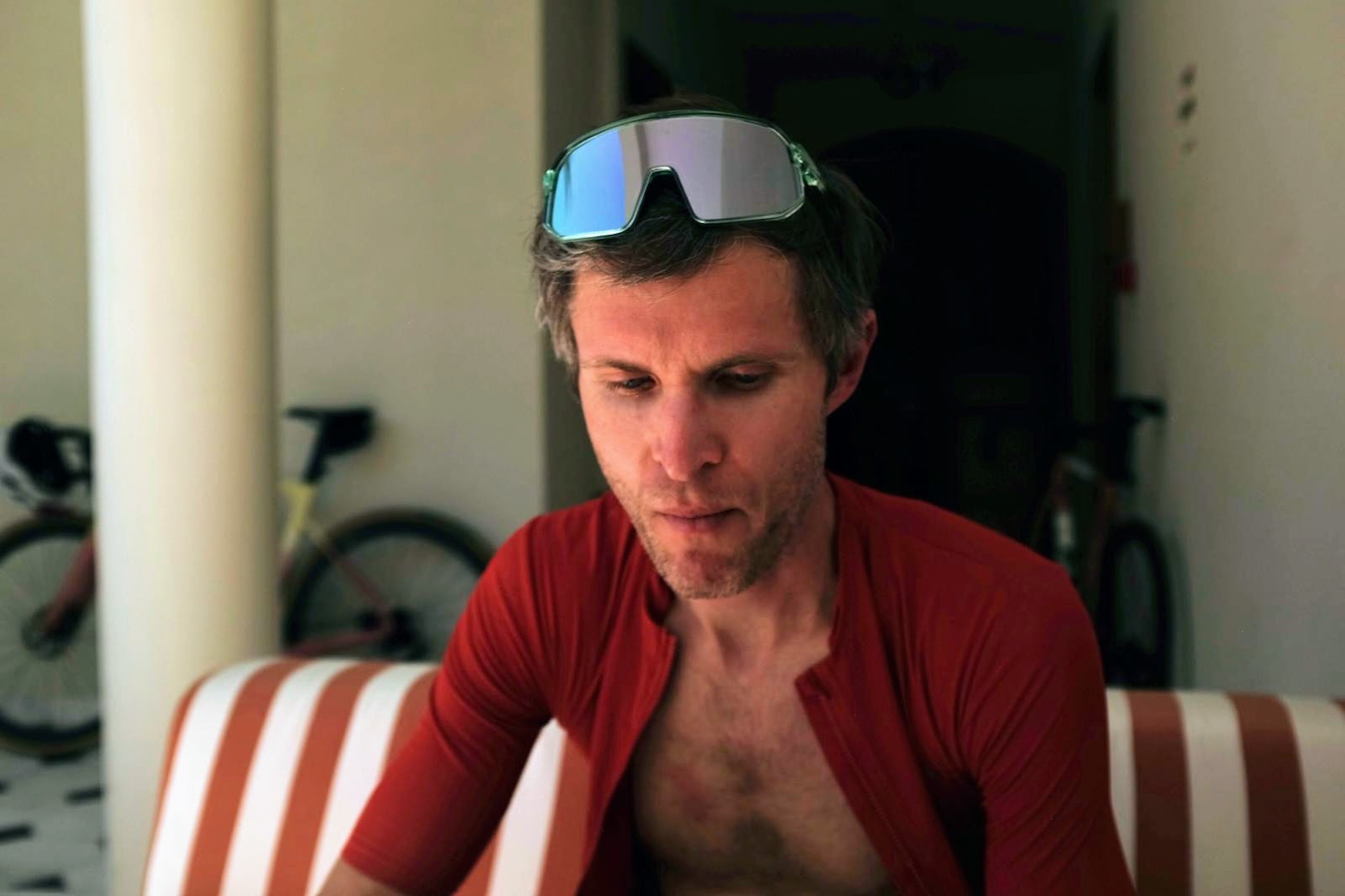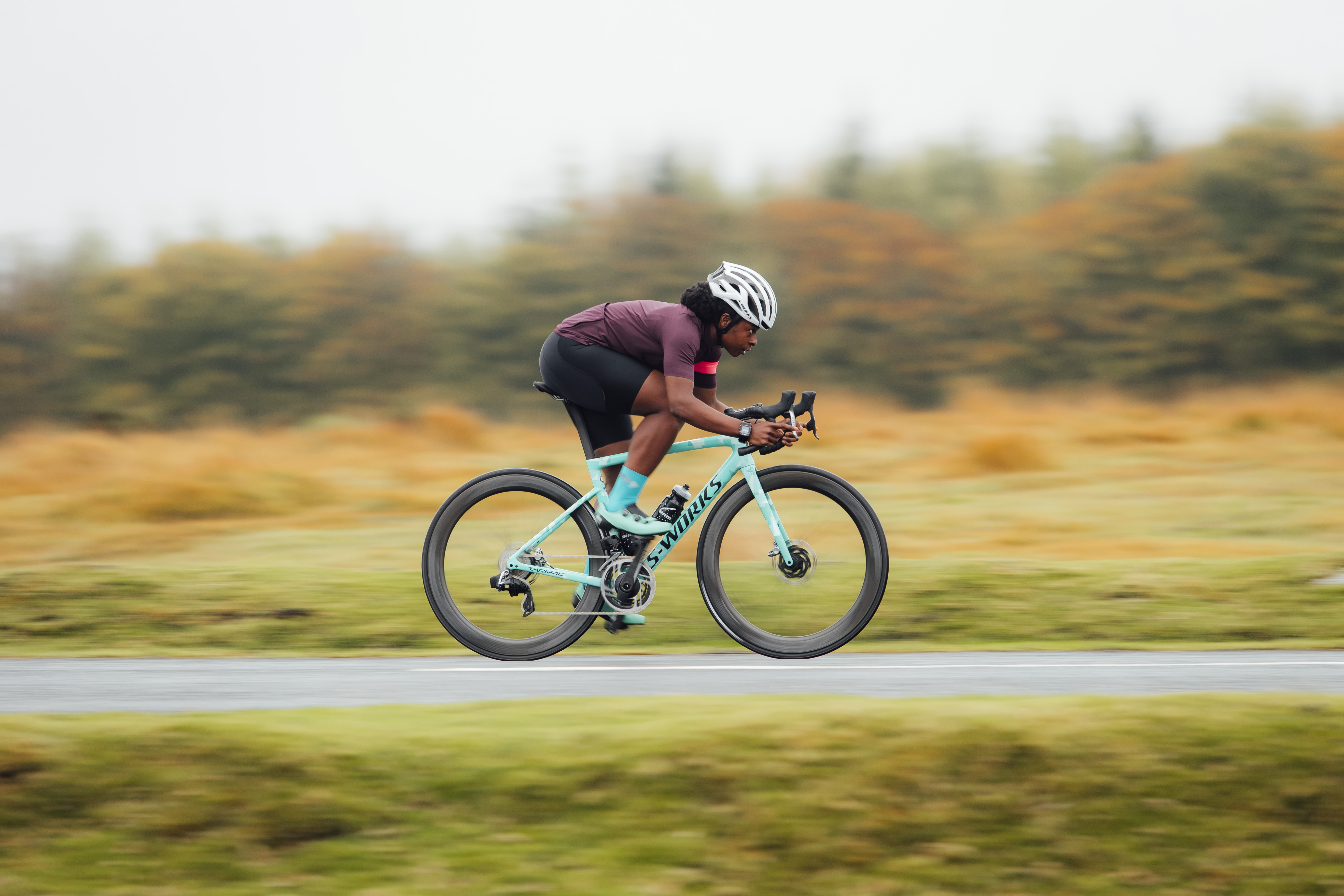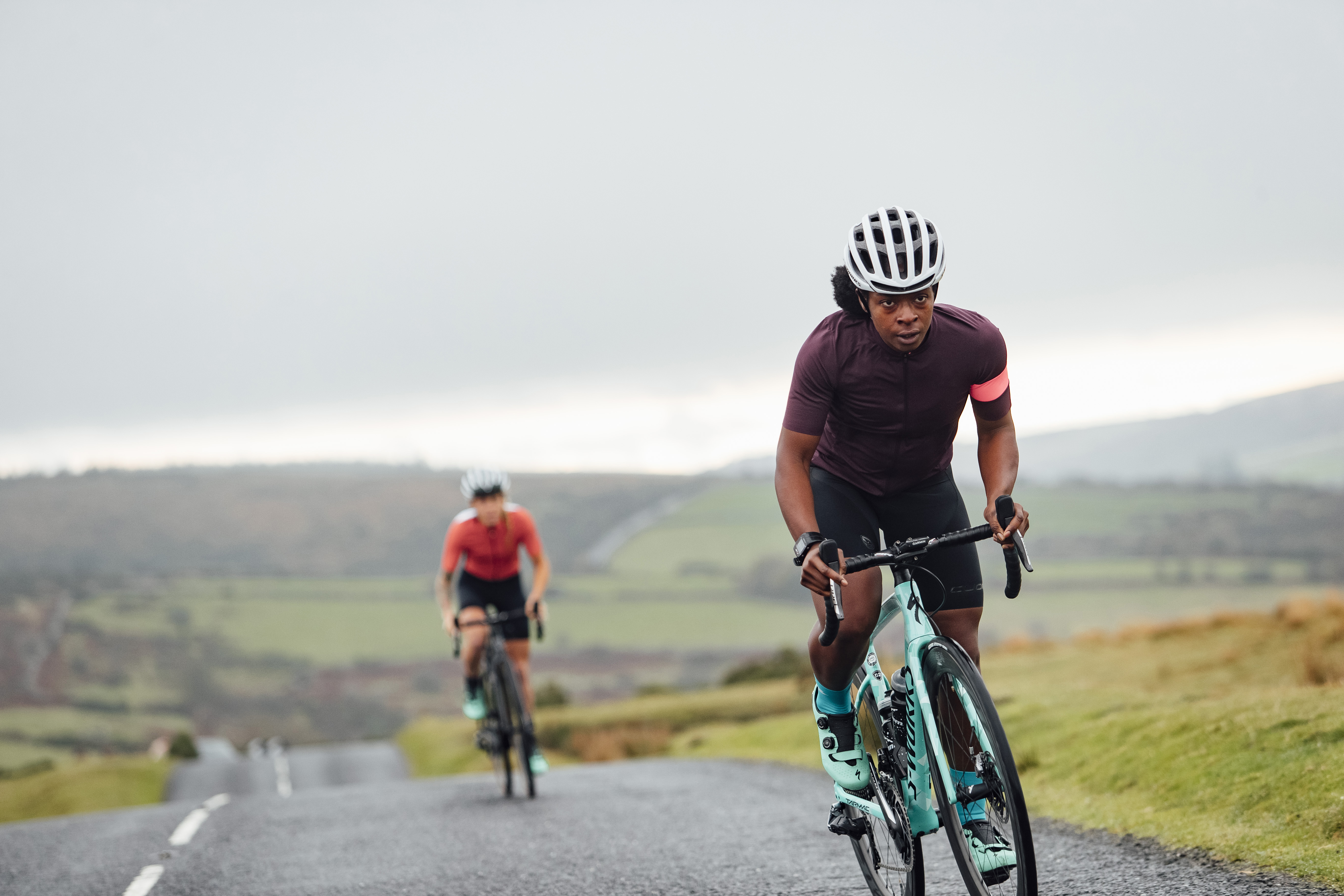Representation matters: why cycling needs to encourage diversity
Rower turned track cyclist Yewande Adesida is determined to help make cycling a more inclusive sport that better represents the diversity in British society at large


As a white man in my 30s, I’m a typical British cyclist. So typical, in fact, that my place in cycling’s demographic profile had never really occurred to me — until now, speaking with up-and-coming track cyclist Yewande Adesida, who knows what it’s like to feel untypical.
“When I rock up to a race and I’m the only black woman there,” she says, “it makes me sad still now.”
The 25-year-old Londoner is sitting opposite me in a gastro-pub in leafy Barnes, having agreed to take a break from her PhD studies at Imperial College to discuss her nascent track career — and the uneasy backdrop of cycling’s diversity problem.
Being the only black woman at bike races must feel exceptionally strange, I venture, given the greater diversity in most other walks of life within London.
“You say it’s exceptional,” Adesida brings me up short, “but it isn’t really. At university, for example, I was one of very few black people on my course.” She is right, of course, and the question betrayed my own complacency.
“The difference is that cycling is something I have chosen to do for enjoyment, and at the beginning [the lack of diversity] put me off a bit. I thought maybe I should be doing something else, as no one looked like me.”
Get The Leadout Newsletter
The latest race content, interviews, features, reviews and expert buying guides, direct to your inbox!
Taking up a new sport can be intimidating, so it’s important to feel as though you fit in among training partners.
“If I had chosen to go into athletics, I’d have found loads of other people who looked like me,” explains Adesida,“whereas in cycling, I felt unsure how well I could do because I hadn’t seen anyone who looked like me and was doing well.”
According to the most recent data, only seven per cent of London’s cyclists are from ethnic minority groups, as against a 41 per cent non-white population, and British Cycling's recently published 'Diversity in Cycling' shows there is still a long way to go.
The under-representation of black, Asian and minority ethnic (BAME) people in cycling across the country is a glaringly obvious fact that should be hard to ignore. Earlier this year, SRAM broke the trend by selecting a black woman — Adesida — to front a campaign for its latest wireless groupset range. How did that come about?

“I got involved through Ayesha McGowan [see below], who’s aiming to be the first African-American female cyclist to go pro. I’d met her two years ago at a talk she was giving. Last year she messaged me saying SRAM were trying to do more in terms of representation, and would I like to take part in a shoot?”
Response to the campaign was broadly positive, notwithstanding a smattering of “ignorant” reactions on Twitter. Was that symptomatic of Twitter, I wonder, or does cycling have a particular problem?
“Probably a bit of both,” says Adesida. “I think some people — because they were not affected personally and don’t know what my and other people’s experiences are like — failed to see how important it was.”
Coming into cycling from a rowing background, Adesida did not have unrealistic expectations.

“Perceptions of rowing and cycling are similar — as elitist sports. When I coached rowing, it was really nice to be able to go into schools and show them it was a sport open to all, to break down those barriers. That’s what needs to happen in cycling.”
The rise of smart trainers and indoor racing means cycling is well placed to follow rowing’s lead in this respect.
>>> What can cyclists learn from other sports?
“Indoor rowing is really accessible,” says Adesida. “That’s how I got into it… and it’s part of the School Games. At the moment there is no equivalent in cycling.”
Having made the switch from rowing three years ago, Adesida tried road and crit racing before deciding last year to specialise as a track sprinter. It’s proved a shrewd move: already she has won a bronze medal at the British Universities and Colleges Sport (BUCS) championships, and finished a very creditable 10th in the keirin at the National Champs.
>>> How to nail your first race
This year she is aiming to medal again at BUCS and compete at the sharp end at the Nationals — all within her first full year of sprint training.
With a substantial Instagram following and growing media profile, Adesida is a role model for upcoming racers — particularly women and people of colour. Is she part of a broader movement towards improving representation in UK cycling?
“Certainly in London, yes, there is the Black Cyclists Network set up by Mani Arthur, and the Women of Colour cycling group, set up by Jools Walker and Jenni Gwiadowski. All these cyclists are popping out of the woodwork, which is really cool.”
And it doesn’t end with riding groups. “There is also the Black-British Champions in Cycling exhibition currently touring the country, and [cycling activist] Andy Edwards is working on a report about diversity in cycling.”
All of which sounds really positive — but is it enough?
“It is slowly changing, yes, but there is still a lot more that needs to be done.”
The aspiring pro: SRAM has shown the way forward
US cycling activist and elite racer Ayesha McGowan, who is aspiring to become the first African-American female pro road cyclist, tells CW how she came to recommend Yewande Adesida as the face of SRAM’s AXS range
“Kate Powlison [SRAM brand manager] said she was working on product shoots for 2019 and their current network of athletes and ambassadors did not reflect the state they wanted it to. She asked for recommendations for cyclists of colour. Yewande was on my list.
“Campaigns like this can shine a light on underrepresented communities. This is key to getting more people who don’t identify as white men into cycling.
“Having a woman of colour be the first face of such a major industry tech advancement also gave priority to representation and set an example for the industry to follow.”

Thank you for reading 20 articles this month* Join now for unlimited access
Enjoy your first month for just £1 / $1 / €1
*Read 5 free articles per month without a subscription

Join now for unlimited access
Try first month for just £1 / $1 / €1

David Bradford is features editor of Cycling Weekly (print edition). He has been writing and editing professionally for more than 15 years, and has published work in national newspapers and magazines including the Independent, the Guardian, the Times, the Irish Times, Vice.com and Runner’s World. Alongside his love of cycling, David is a long-distance runner with a marathon PB of two hours 28 minutes. Having been diagnosed with retinitis pigmentosa (RP) in 2006, he also writes about sight loss and hosts the podcast Ways of Not Seeing.
-
 A bike rack with an app? Wahoo’s latest, and a hub silencer – Sea Otter Classic tech highlights, Part 2
A bike rack with an app? Wahoo’s latest, and a hub silencer – Sea Otter Classic tech highlights, Part 2A few standout pieces of gear from North America's biggest bike gathering
By Anne-Marije Rook
-
 Cycling's riders need more protection from mindless 'fans' at races to avoid another Mathieu van der Poel Paris-Roubaix bottle incident
Cycling's riders need more protection from mindless 'fans' at races to avoid another Mathieu van der Poel Paris-Roubaix bottle incidentCycling's authorities must do everything within their power to prevent spectators from assaulting riders
By Tom Thewlis